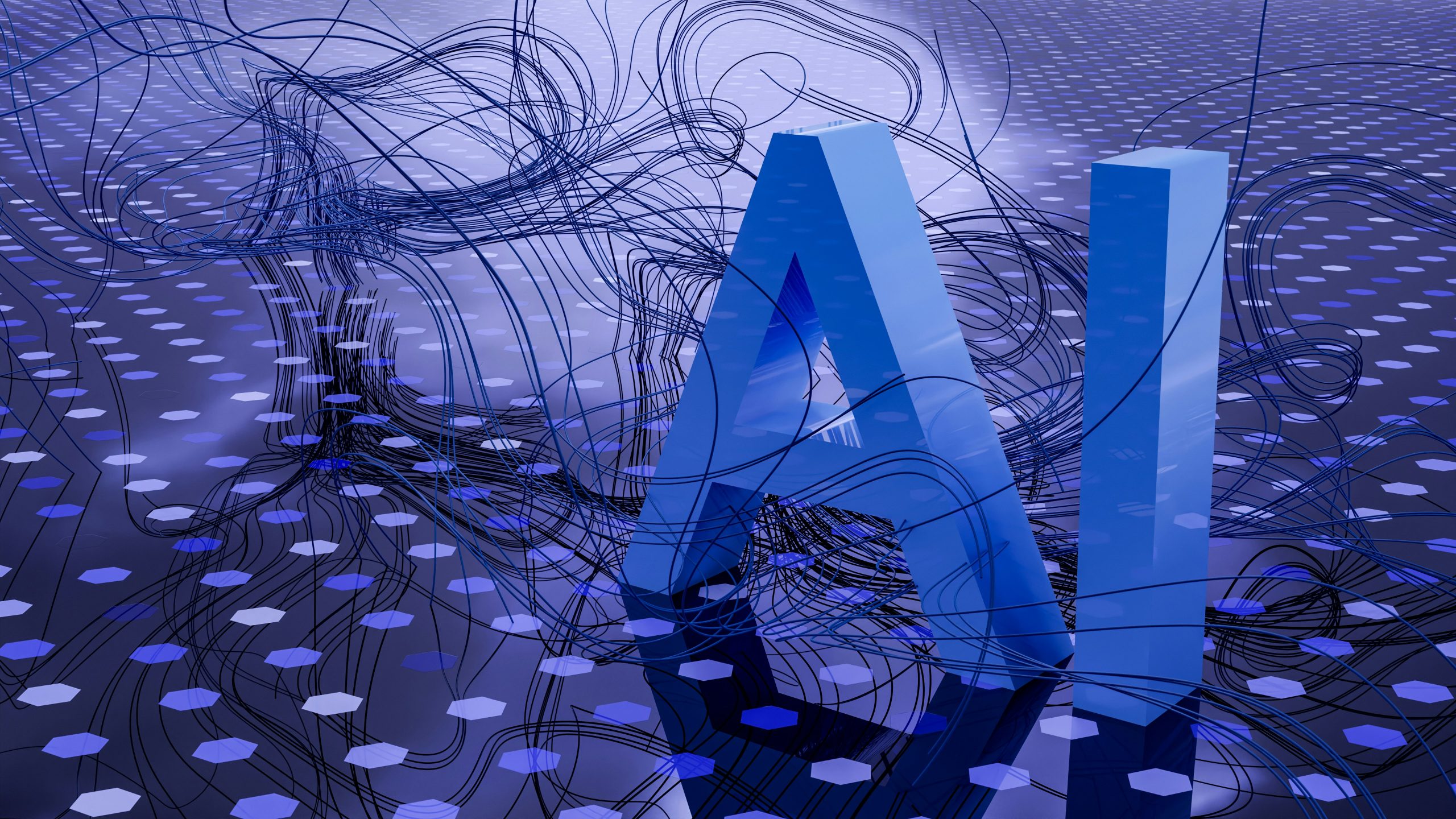Generative AI (GenAI) holds the potential to completely revolutionise HR operations, as well as the wider world of work. As we well know, the technology has capabilities spanning from text generation, image creation, and speech-to-text transcriptions, and has the ability to automate work activities that absorb 60 to 70 percent of employees’ time. However, according to our research just 38% of organisations are leveraging AI to its full potential in their talent programmes.
The reality is that this technology has the potential to be used across the entire employee lifecycle – from the initial talent attraction and recruitment phase, right through to performance management and reviews. Here are five ways HR leaders and teams can begin integrating GenAI today.
1) Creating job descriptions
While it may appear to be a simple task, writing job advertisements to attract candidates comes with its challenges. The advertisements need to encapsulate a realistic representation of a job, as well as communicate the brand’s vision and culture – all whilst avoiding information overload for potential candidates.
Instead of crafting job descriptions and generating job listings from scratch, HR practitioners can use the frameworks generated by AI as a starting point, simply by inputting a prompt outlining the core responsibilities of a given role. They can then refine the content to ensure it aligns with the company’s brand voice and culture.
2) Support during the interview process
Just as a candidate should prepare for an interview with thorough research, it’s equally important for the HR team to ask interviewees the right questions. According to a study from Reed, nearly half of managers (47%) worry that they aren’t asking candidates the right questions, and three-fifths wish they had asked different questions before taking on a new employee.
With GenAI tools, HR teams can create a comprehensive list of interview questions covering several areas, from technical skills to cultural fit. Additionally, these tools can also analyse and recommend potential answers to questions based on the desired criteria, allowing recruiters to evaluate candidate responses more efficiently.
3) Overhauling onboarding
The challenge in onboarding new people is the diversity of experience and skillsets they bring, rendering a one-size-fits-all approach ineffective. AI can revolutionise this process by serving as a virtual onboarding assistant, offering 24/7 responses to queries about the onboarding process, company policies, and more.
This enables HR teams to concentrate on more complex inquiries. AI further personalises the experience by crafting tailored learning paths and interactive modules based on each new hire’s experience and department. It automates administrative tasks, ensuring a smooth and efficient onboarding, while also integrating and socialising employees into the company culture more effectively. By leveraging AI, HR can ensure compliance, enhance engagement, and provide a customised onboarding journey, freeing up time to focus on strategic initiatives.
4) Speeding up routine HR queries
HR teams spend huge amounts of time on performance management related admin, as well as on dealing with a high volume of routine questions from employees. The combined effect can be that HR practitioners struggle to get enough time to tackle everything which sometimes results in delay in response times to employee queries.
By training GenAI-powered chatbots on frequently asked questions and providing access to top-level HR policies and documents, HR leaders can ensure that employees receive prompt and accurate responses. This helps to reduce the burden on HR staff, as well as improve the overall employee experience.
5) Streamlining performance reviews
Generative AI (GenAI) empowers HR leaders to enhance the performance review process, making it more efficient, personalised, and equitable. It automates the creation of performance review documents, generates nuanced feedback and improvement suggestions tailored to each employee, and facilitates dynamic feedback exchanges between managers and employees. Importantly, GenAI aids in minimising unconscious bias by ensuring reviews are based on objective data and consistent criteria, promoting diversity and fairness in employee evaluations.
When developing Learning and Development (L&D) strategies, HR teams can utilise GenAI to analyse performance data, identifying areas of significant improvement or those needing attention, through a lens that also considers diversity metrics. This allows for the creation of targeted, personalised development plans that support an inclusive workplace and align with both individual career aspirations and organisational goals.
HR practitioners are no strangers to adapting to evolving technology trends, and GenAI should be embraced as another opportunity to refine the responsibilities and enhance the capabilities of the job role. By having GenAI as a copilot, HR teams can effortlessly automate mundane tasks, turbocharge response time, and streamline training to bring the focus back to unlocking their human capital’s full potential.








